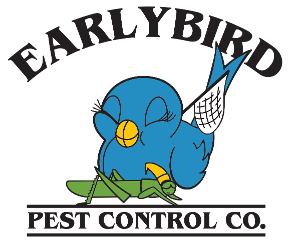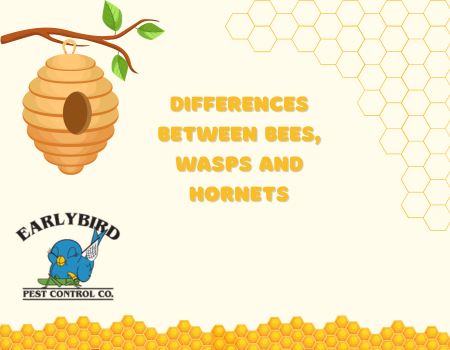Encountering a nest of stinging insects can be a daunting prospect, and understanding the differences between bees, wasps, and hornets is crucial when it comes to safe and effective nest removal. While these insects may share certain characteristics, each species exhibits distinct behaviors, nesting habits, and stinging capabilities. This article aims to shed light on the key differences and considerations when dealing with the removal of nests belonging to bees, wasps, and hornets.
Differences Between Bees, Wasps and Hornets for Nest Removal
Bees:
-
Appearance:
- Bees are generally plump and hairy, with bodies that are rounder and fuzzier than wasps and hornets.
- They come in various colors, often featuring black and yellow stripes.
-
Behavior:
- Bees are generally less aggressive compared to wasps and hornets.
- They are pollinators and play a crucial role in ecosystems by aiding in the reproduction of plants.
-
Nesting:
- Bees typically build their nests from wax and produce honey.
- Their nests are often found in protected locations, such as hollow trees or man-made structures.
-
Stinging:
- Bees have barbed stingers that are designed to detach from their bodies when they sting, causing the bee to die.
- They usually sting in defense of their nest or when they feel threatened.
Wasps:
-
Appearance:
- Wasps have slender bodies with a defined waist, and their bodies are less hairy compared to bees.
- They can be identified by their distinctive yellow and black markings.
-
Behavior:
- Wasps are generally more aggressive than bees, especially when defending their nest.
- They are predatory and feed on other insects, making them beneficial for controlling pest populations.
-
Nesting:
- Wasps construct nests from a paper-like substance made by chewing wood and mixing it with saliva.
- Their nests can be found in various locations, including under eaves, in trees, or in the ground.
-
Stinging:
- Wasps have smooth stingers that allow them to sting multiple times without harm to themselves.
- They can be particularly aggressive if they perceive a threat to their nest.
Hornets:
-
Appearance:
- Hornets are the largest of the three and have robust bodies.
- They often have black and white markings, and some species may appear brown or red.
-
Behavior:
- Hornets, like wasps, can be aggressive when defending their nests.
- They are known for their territorial nature and can be particularly dangerous in large numbers.
-
Nesting:
- Hornets build large, exposed nests that are often pear-shaped and hang from trees, shrubs, or man-made structures.
- Their nests can house a significant number of individuals.
-
Stinging:
- Hornets have smooth stingers, similar to wasps, allowing them to deliver multiple stings without harm to themselves.
- Their stings can be more painful and pose a greater risk of allergic reactions.
Nest Removal Considerations:
-
Timing:
- It’s advisable to remove nests during the early spring or late fall when insect activity is lower.
- Evening or early morning is often the best time, as most insects are less active during these periods.
-
Protective Gear:
- Regardless of the insect species, wearing protective clothing, including gloves, long sleeves, and a veil, is essential during nest removal.
-
Professional Assistance:
- If the nest is large, located in a hard-to-reach area, or poses a significant risk, it’s recommended to seek professional pest control assistance.
While bees, wasps, and hornets share some common features, understanding the nuances in their appearance, behavior, nesting habits, and stinging capabilities is crucial for safe and effective nest removal. Each species plays a unique role in the ecosystem, and adopting appropriate measures ensures a harmonious coexistence while minimizing the risks associated with stinging insects.


Recent Comments